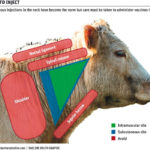
What producers need to know at vaccination time
Injections should be at least six inches apart and syringes should be marked so same vaccine is always in same syringe

Ontario invention wins national swine award
This year’s F.X. Aherne prizes were presented to the inventors of an easier way to handle piglets

Consumer curiosity expands mushroom sector
Specialty mushroom production makes up only two per cent of total Canadian production, but interest is growing
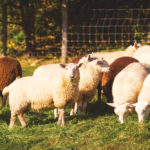
Dual action designed to avoid resistance
A new drench is designed to provide effective treatment of sheep without allowing parasites to develop resistance

Opinion: Better case needed for farm-saved seed royalties
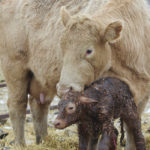
Producers should ensure calves suckle quickly after birth
Dystocia increases the chances that a calf will nurse on its own so producers may have to intervene

Feed from China poses major ASF danger
China is the only source of certain amino acids needed for hog rations, and even packaging can carry the virus
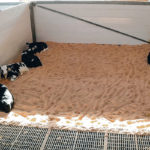
Pessimistic calves at a disadvantage
Researchers have discovered that some calves are more fearful than others, which can have implications for future health

Animal neglect linked to mental health
Those concerned with the well-being of animals should be concerned about the mental health of those caring for them
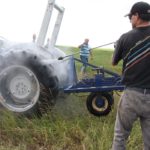
Nothing fancy about killing clubroot
An Alberta study has shown that household bleach works as well as specialized disinfectants
